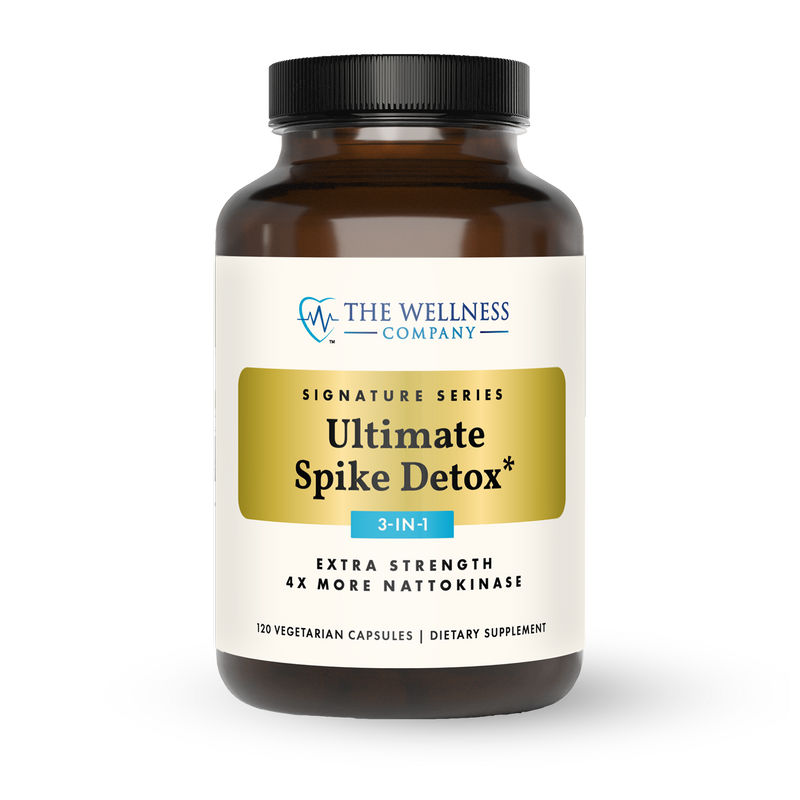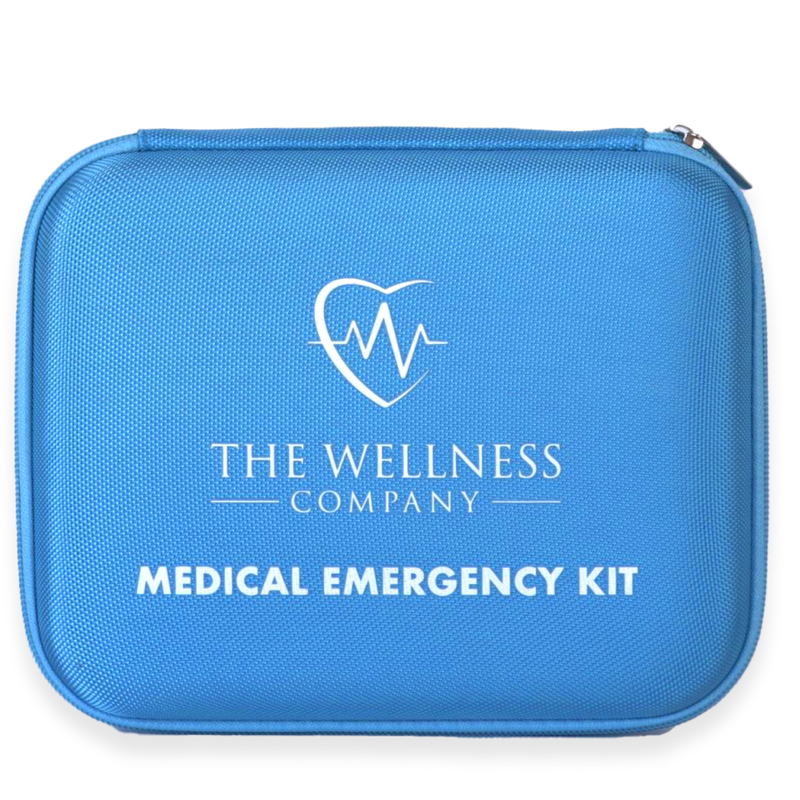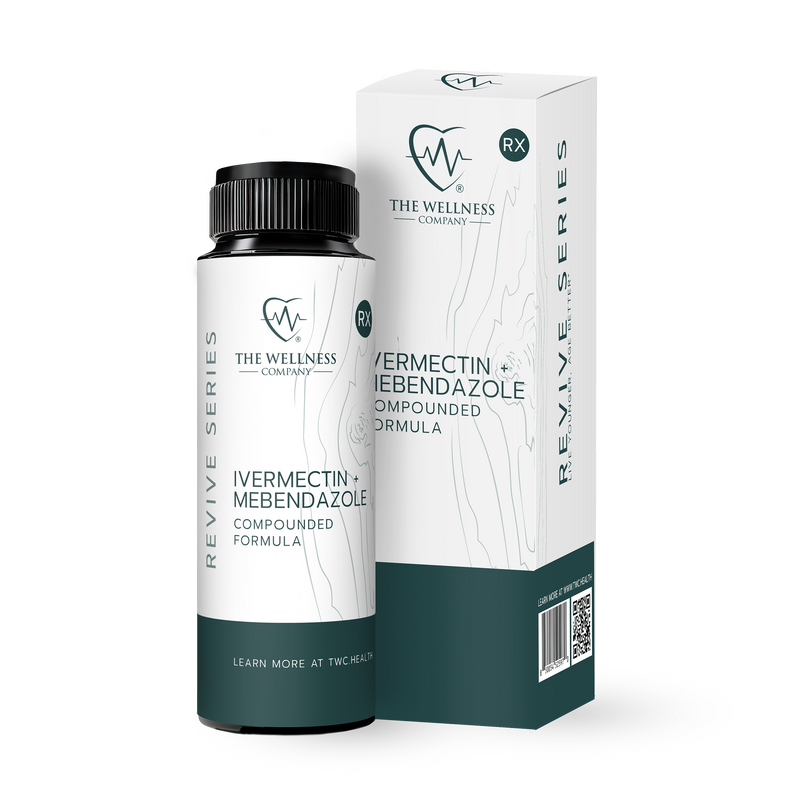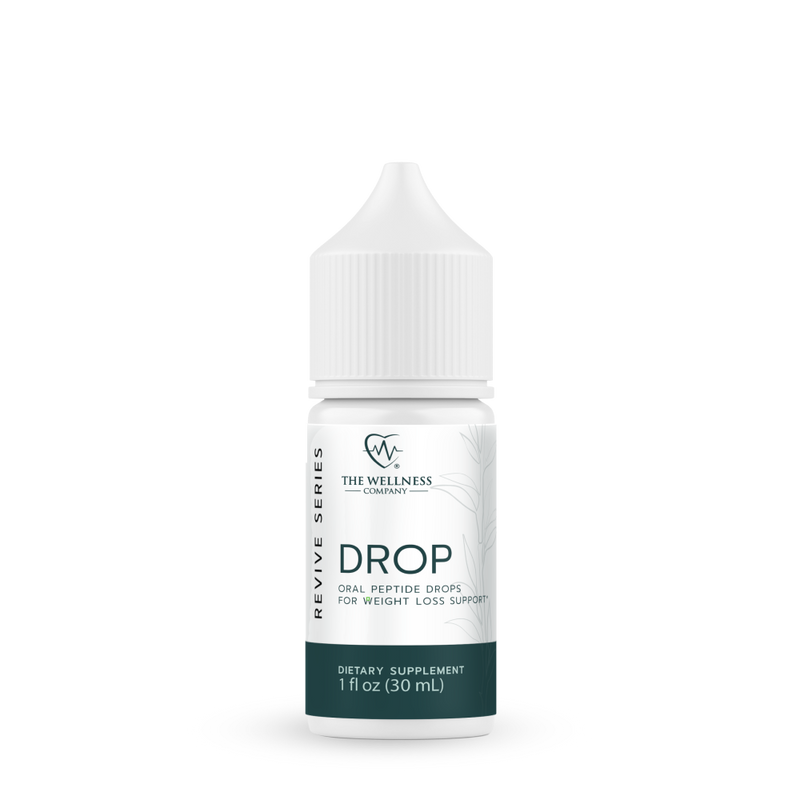How Cardiovascular Exercise Protects Your Heart: The Science

Almost a million Americans die every year of heart disease, stroke, or other cardiovascular conditions [1]. While the heart is a remarkably resilient organ, beating 2.5 billion times over the average human lifespan, its dysfunction remains the leading cause of death, worldwide.
In a healthcare system which so often pushes downstream pharmaceuticals to address problems such as heart disease, it’s worth asking: what can we do upstream to prevent it from occurring in the first place?
There are many lifestyle factors which impact heart health: stress, sleep, and nutrition, to name a few. In this article, we will focus on another factor that science has shown to profoundly protect the heart: cardiovascular exercise.
Exercise Physiology 101: The S.A.I.D Principle
One of the first things you learn in an exercise physiology classroom is a principle to which the body adheres, without fail: “Specific Adaptation to Imposed Demands.” What does this mean?
Fundamentally, it means that the human body is a malleable system that adapts to whatever is demanded of it. While our genes place some constraints on our adaptability, the landscape of our physiological potential is vast. This is why through extreme stretching protocols, dancers can become exceedingly flexible. It’s why through consistent resistance training, bodybuilders can pack on heaps of muscle. And it’s why elite cyclists in the Tour De France can train themselves to sustain speeds upwards of 25 miles per hour for more than 2,000 grueling miles.
The human body is nothing if not adaptable.
When it comes to cardiovascular exercise in particular, you might be wondering: what exactly are the adaptations that power such feats of endurance? And what about them is so protective of the heart?
The Role of Oxygen and Blood Flow
Let's begin at the simplest level of analysis. To propel you forward on a run, power you through the water during a swim, or drive you up a steep hill on your bike, your muscles must contract to move your bones through space.
They do this by using oxygen (and other fuels) to create cellular energy. As you exercise harder and harder, your cells need more and more oxygen to keep up with the demand. To solve this problem, the heart beats faster and faster to pump oxygen-carrying blood to the muscles.
It’s this simple, elegant process that underlies so many of the changes in the cardiovascular system that are protective against disease. Below, we’ll explore those changes in depth, so next time you’re sweating it out on the bike, on the trail, or in the pool, you can have a clear understanding of precisely how you’re boosting your heart health.
Long-Term Adaptations from Cardiovascular Exercise
Improved Endothelial Function
One of the hallmarks of heart disease is endothelial dysfunction [2]. Endothelial cells are vital components of blood vessels which regulate vascular tone, angiogenesis, platelet adhesion and more. Exercise augments the function of these cells through several mechanisms, one of which is the production of nitric oxide, a molecule that dilates blood vessels, reduces vascular resistance, and facilitates better oxygen and nutrient delivery to the body’s tissues.
Research shows that even a single bout of aerobic exercise increases nitric oxide release [3]. Studies performed in heart failure patients [4] and hypertensives alike [5] find the same thing: consistent exercise equals better endothelial function.
Improved Oxygen Consumption
As your heart gets more efficient at shuttling blood to your muscles, the tissues themselves get better at using it. The organelles responsible for converting oxygen to energy – the mitochondria – [6] are extremely responsive to our exercise habits.
Just like our leg muscles get stronger when we do squats and deadlifts, our mitochondria become more numerous and efficient when we challenge them with cardio.
Research suggests that mitochondrial dysfunction lies at the center of many metabolic, cardiovascular, neurodegenerative, and neuromuscular diseases [7]. Some experts even see mitochondrial dysfunction as central to the aging process itself.
One thing is uncontroversial: anything that improves mitochondrial health should be prioritized.
Lowered Resting Blood Pressure
It's well established that regular exercise lowers resting blood pressure over time. As you might be aware, high blood pressure is among the most significant modifiable risk factors for heart disease, so this effect is of vital importance.
A recent study published in The Lancet found that a ten-point decrease in systolic blood pressure reduced the risk of cardiovascular disease by 20%, stroke by 27%, and heart failure by 28% [8].
While research shows that cardiovascular exercise reduces blood pressure in just about anyone, it produces the most significant changes in those who need them most: people with hypertension [9]. Studies show that exercise interventions can decrease systolic blood pressure anywhere from 5 to 15 points.
While those with heart problems need to be more cautious about their exercise intensity and should seek clearance from a medical professional before engaging in an exercise program, the truth is that absolutely anyone can benefit from cardiovascular exercise. It’s never too late to start making positive changes, no matter who you are.
Bottomline
If we want our hearts to function at their best, we need to challenge them to adapt. While there’s no ‘catch-all cure’ for a multifactorial problem like heart disease, regular cardiovascular exercise is a box that everyone who wants optimal heart health needs to check.
Some practical questions emerge: how much exercise do you need? What type of cardio is best? What intensity should you be doing?
Stay tuned for another article in which we address these questions.
In the meantime, don’t get so lost in the details that you don’t get started. Whether it’s hiking, running, cycling, swimming, or anything else, find something you enjoy, get that heart pumping, and start reaping the benefits!
References
[1] CDC.gov: Heart Disease and Stroke.
[2] Sun, H. J., Wu, Z. Y., Nie, X. W., & Bian, J. S. (2020). Role of endothelial dysfunction in cardiovascular diseases: the link between inflammation and hydrogen sulfide. Frontiers in pharmacology, 10, 1568.
[3] Asano, R. Y., Sales, M. M., Coelho, J. M., de Moraes, J. F. V. N., Pereira, L. A., Campbell, C. S. G., & Simoes, H. G. (2012). Exercise, Nitric Oxide, and Endothelial Dysfunction: A Brief Review. Journal of Exercise Physiology Online, 15(1).
[4] Pearson, M. J., & Smart, N. A. (2017). Effect of exercise training on endothelial function in heart failure patients: a systematic review meta-analysis. International journal of cardiology, 231, 234-243.
[5] Beck, D. T., Casey, D. P., Martin, J. S., Emerson, B. D., & Braith, R. W. (2013). Exercise training improves endothelial function in young prehypertensives. Experimental biology and medicine, 238(4), 433-441.
[6] Philp, A. M., Saner, N. J., Lazarou, M., Ganley, I. G., & Philp, A. (2021). The influence of aerobic exercise on mitochondrial quality control in skeletal muscle. The Journal of Physiology, 599(14), 3463-3476.
[7] Sorrentino, V., Menzies, K. J., & Auwerx, J. (2018). Repairing mitochondrial dysfunction in disease. Annual review of pharmacology and toxicology, 58, 353-389.
[8] Ettehad, D., Emdin, C. A., Kiran, A., Anderson, S. G., Callender, T., Emberson, J., ... & Rahimi, K. (2016). Blood pressure lowering for prevention of cardiovascular disease and death: a systematic review and meta-analysis. The Lancet, 387(10022), 957-967.
[9] Cornelissen, V. A., & Fagard, R. H. (2005). Effects of endurance training on blood pressure, blood pressure–regulating mechanisms, and cardiovascular risk factors. Hypertension, 46(4), 667-675.














